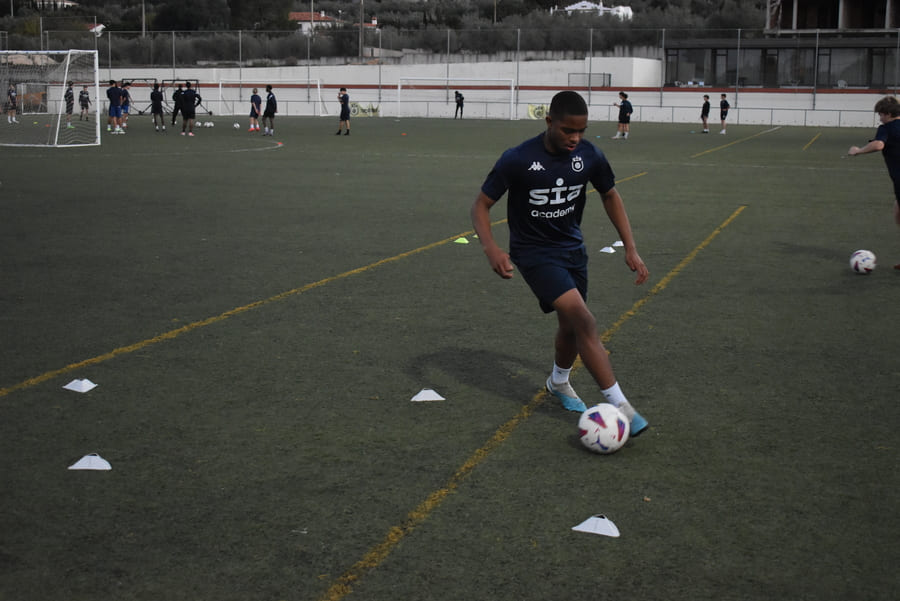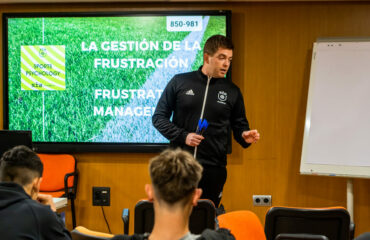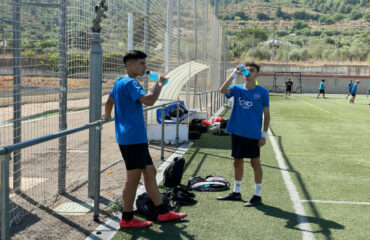When discussing the development of a football player in their early formative years, one of the most frequent questions is: how many hours should a young player train to reach their full potential? The answer is not simple, as it depends on multiple factors such as age, competitive level, physical condition, and above all, the quality of training. However, there are guidelines and recommendations that point toward a healthy balance between training, rest, and academic life.
Table of contents
The importance of football balance during the youth stage
Youth football is characterized as a stage of construction. The body and mind of the player are in constant evolution and require special care. An excess of training hours can lead to injuries, mental fatigue, and loss of motivation, while a lack of consistency reduces the chances of progressing to high performance.
Several sports studies recommend that players between 12 and 18 years of age practice between 8 and 12 hours per week, distributed in structured training sessions and official matches. This does not only mean spending time on the field, but also including physical preparation, recovery, and tactical work.
In this sense, what makes the difference is not just the number of hours, but the quality and planning of each session. This is where specialized centers such as SIA Academy play a crucial role.
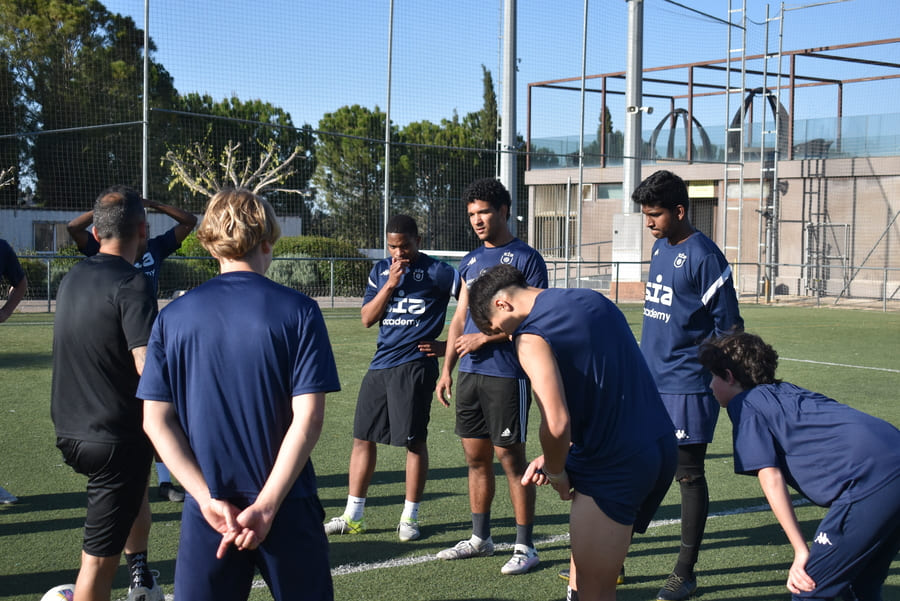
The approach of SIA Academy
SIA Academy has become an international benchmark in the development of young football players. Its methodology is based on an integral program that combines on-field training, physical preparation, tactical analysis, and academic education.
Alain, one of the academy’s coaches, summarizes it clearly: “It’s not about training more hours, but about training better. At SIA Academy we make every minute count.”
This approach allows players to maximize their performance in sessions that last between 90 and 120 minutes, held several times a week, and complemented with competitive matches. The goal is not only to improve individual technique, but also to enhance game intelligence, decision-making skills, and physical endurance.
Progressive training by age
Not all players should train the same number of hours. Planning must be adapted to age and level of physical maturity:
- Between 12 and 14 years old: 6 to 8 hours per week are recommended, mainly focused on individual technique, coordination, and understanding of the game.
- Between 15 and 16 years old: the workload can increase to about 10 hours per week, incorporating more tactical sessions and specific physical preparation.
- Between 17 and 18 years old: players aspiring to high performance usually train between 12 and 14 hours per week, combining intensive training with highly demanding official matches.
At SIA Academy this process is carefully supervised by professionals who design personalized programs for each player. As Alain states: “A 14-year-old cannot train the same way as an 18-year-old. The key is giving each player what they need at each stage of their development.”
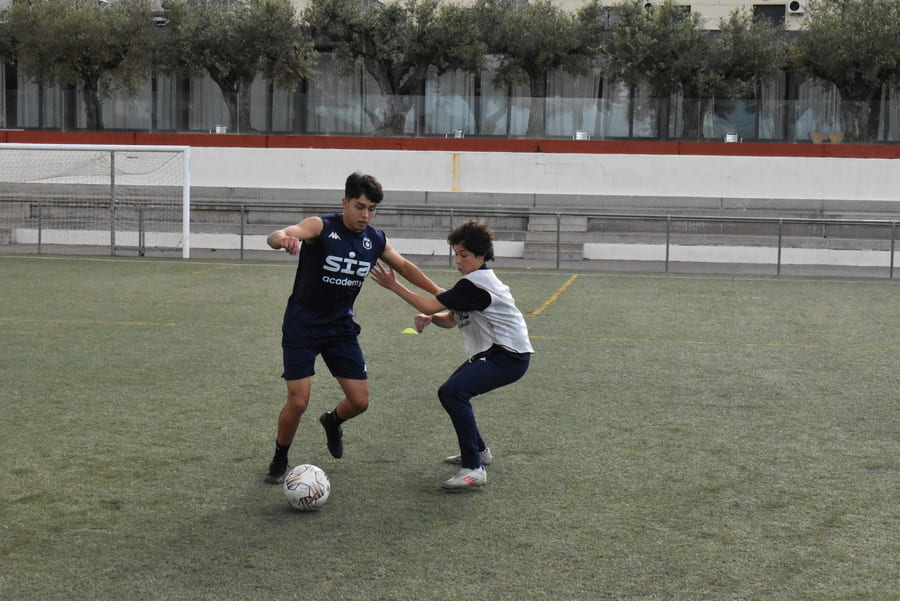
The importance of rest and recovery
Many times the number of training hours is discussed, but people forget that rest is just as important as physical work. Sleeping well, maintaining a balanced diet, and including active recovery times (stretching, swimming, physiotherapy) are essential for the body to absorb the workload.
SIA Academy includes nutritional monitoring and physiotherapy sessions in its program to ensure that young players not only train but also recover properly. This holistic approach allows them to progress without risking their long-term health.
The role of motivation and academic learning
Another essential aspect is motivation. A young player who trains too many hours without enjoying the process may end up quitting football. That is why academies like SIA Academy promote a model that combines passion for the sport with academic development.
Players have the opportunity to continue their studies while training at a professional level, which allows them to maintain vital balance and prepare for their future both on and off the field.
So, how many hours should a youth football player train? There is no single exact figure for everyone, but there is a clear guideline: the ideal combination ranges between 8 and 14 hours per week, depending on age and competitive level. Beyond quantity, what truly matters is that those hours are well structured, supervised by professionals, and accompanied by proper rest and motivation.
SIA Academy is a prime example of how this formative stage should be approached: a balance between quality training, physical and mental development, and academic support. As Alain highlights: “A player’s future does not depend on training more, but on training with purpose, passion, and a clear plan.”
In short, young footballplayers need an environment that allows them to grow step by step, without rushing stages, and with the support of a professional methodology. The dream of reaching professional football is built day by day, hour by hour, but always with intelligence and balance.



